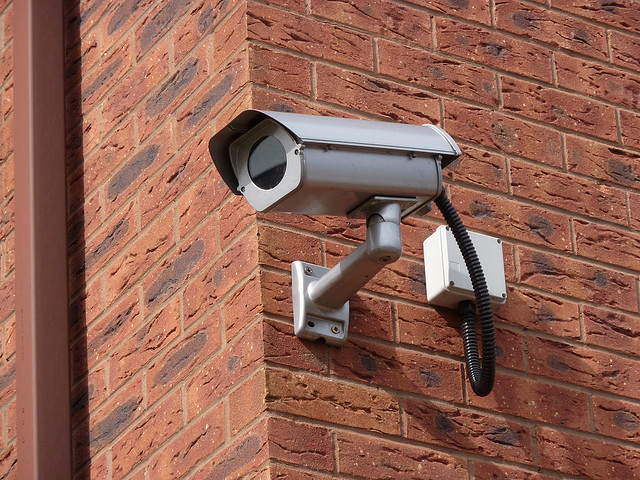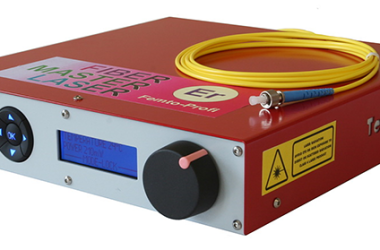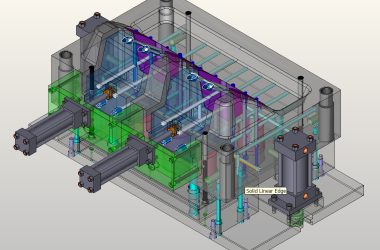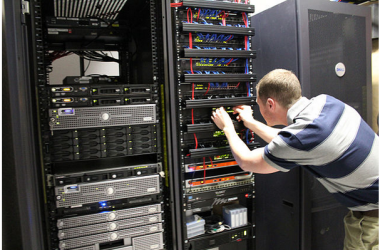Table of Contents Show
In the security world, IP cameras are one of the most affordable, versatile and easy-to-access surveillance systems that can be installed in domestic, commercial and industrial settings.
They are a much-more popular choice for surveillance than traditional CCTV systems. Those older CCTV systems could only be wired up to one fixed point, and only transmitted audio and video over an analogue cable rather than digitally using an Ethernet cable or Wi-Fi connection.
If you are thinking of getting a surveillance system for your premises, but you are in two minds over IP camera systems, then the following reasons should convince you that they are the way forward!
1. Cost
Traditional CCTV systems are extremely expensive to implement. The cameras themselves cost a small fortune, then there is the issue of running lots of coaxial cables in and around buildings. Finally, if you have several cameras that you wish to monitor, you will need to have them wired up to a fixed point somewhere; for example, like in a dedicated office.
IP camera systems, on the other hand, are extremely affordable and cost-effective, like the ones sold by Create Automation. You don’t need to monitor the cameras from a fixed point; in fact, you could even use your smartphone in many cases to remotely view the cameras from anywhere around the world as long as you are online!
2. Ease of use
Unlike traditional CCTV systems where you would often have to be trained up to use complicated controls, IP cameras are actually pretty to use. If you know how to use a computer, then using some software to control your IP cameras will be a cinch!
And, as mentioned a moment ago, you could even use a smartphone such as the Apple iPhone or an Android-based device to operate your cameras without the need to be near a computer at all!
3. Cables or not – the choice is yours
With a typical CCTV system, you would normally have to factor in the cost of having analogue cables installed (audio, video and power cables). IP camera systems normally just use standard Ethernet cables and power cables.
Many systems can even take their power through the Ethernet cable (known as PoE or ‘Power over Ethernetâ), negating the need for a separate power source. And if you wanted a completely wireless solution, this too is possible by using a Wi-Fi IP camera that operates from a battery!
4. No distance limitations
Analogue CCTV systems are limited to specific distances before the signal strength starts to get degraded, but with IP camera systems all audio and video footage is sent digitally. This makes it perfectly possible for a camera located in the United Kingdom to be viewed by someone in Australia, for example.
5. Excellent video quality
Have you ever noticed with traditional CCTV systems that the video quality is often poor and has a low frame rate? Well, the great news is that you don’t suffer these issues with IP cameras, because all footage recorded is crisp, clear, and there is no delay or lag.









